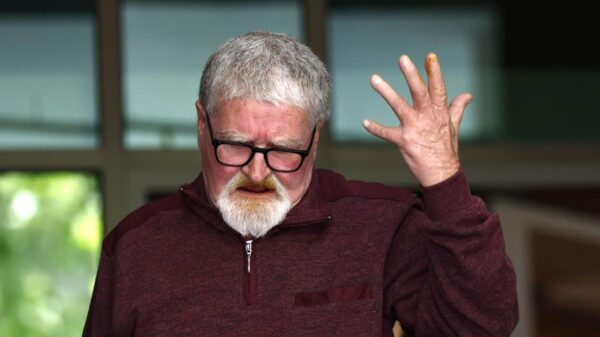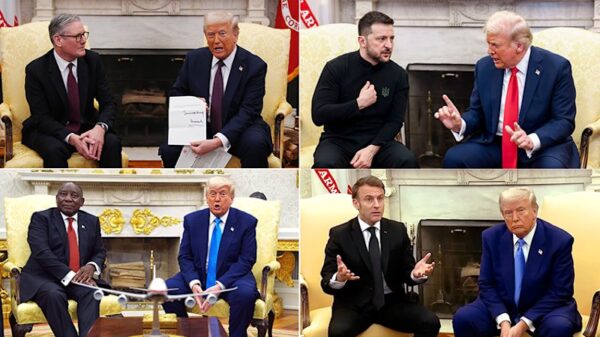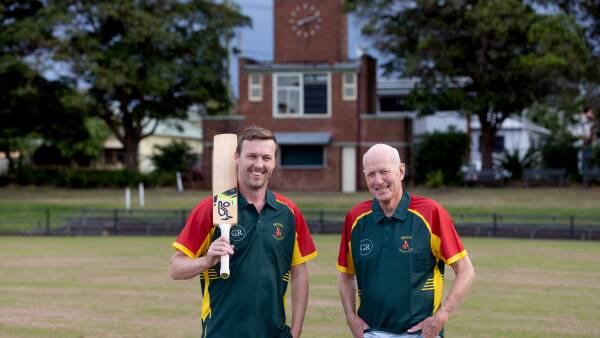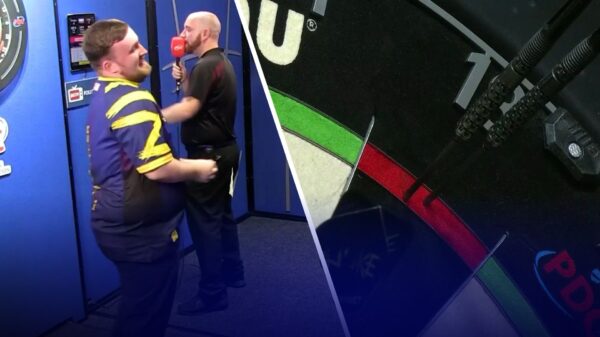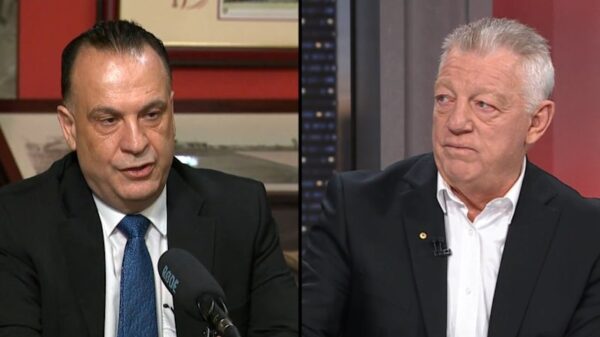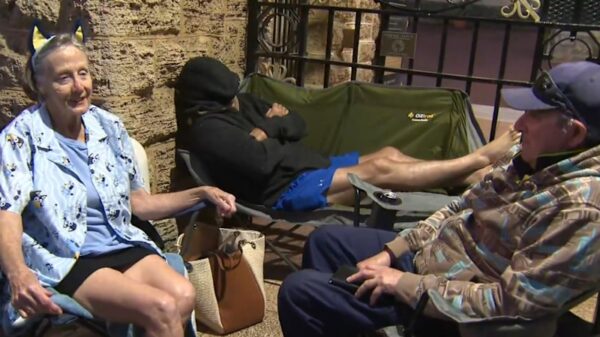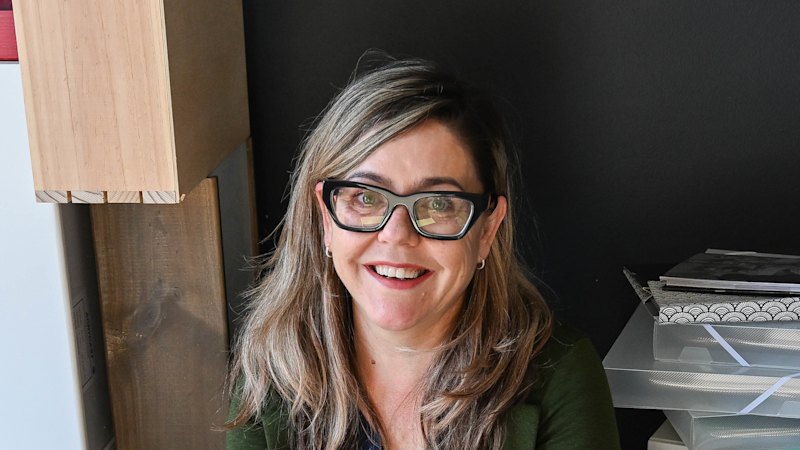The rise of decluttering methods has transformed many homes and mindsets, especially since the launch of Tidying Up with Marie Kondo in 2019. This popular Netflix series has fueled a global fascination with organizing spaces, leading to a surge in donations to charities and an obsession with “before and after” transformations. Yet, as new methods frequently emerge, a pressing question remains: do these techniques work, or do they simply offer an illusion of perfection?
One professional organiser, Lissanne Oliver, has over 20 years of experience in helping clients declutter, including those navigating the complexities of downsizing or clearing deceased estates. Drawing from her extensive background, Oliver shares her insights on the most prevalent decluttering methods that have captured public interest.
Exploring the KonMari Method
The KonMari method, developed by Marie Kondo, remains the most widely recognized approach to decluttering. It is structured around a five-step process that encourages individuals to sort their belongings into categories based on whether they “spark joy.” The method suggests that items failing this emotional test should be thanked and discarded. The categories outlined by Kondo include clothing, books, papers, komono (miscellaneous items), and mementos.
Kondo’s assertion that each household should possess no more than 30 books sparked considerable debate among bibliophiles. In a candid moment two years ago, she revealed that she had struggled to maintain a tidy home following the birth of her third child, adding a layer of relatability to her otherwise strict guidelines.
Oliver acknowledges the emotional resonance of Kondo’s approach, noting its merit in helping people confront their attachments to possessions. However, she emphasizes that individuals need not adhere strictly to Kondo’s categories. Instead, she encourages flexibility, allowing clients to adapt the method to suit their personal needs and circumstances.
Other Popular Decluttering Techniques
Beyond the KonMari method, several other popular decluttering strategies have gained traction. Among them is the Four-Box Method, which involves categorizing items into four distinct boxes: keep, donate, trash, and relocate. This straightforward approach allows individuals to make quick decisions about their belongings and facilitates a more organized decluttering process.
Another technique is the 30-Day Decluttering Challenge, where participants remove a specific number of items each day for a month. This method fosters a gradual yet impactful transformation, allowing individuals to adjust to the emotional weight of letting go.
Oliver notes that while these methods can be effective, their success largely depends on the individual’s mindset and commitment to the process. She highlights that the journey of decluttering is often more about personal growth and understanding one’s relationship with possessions than merely achieving a tidy space.
In conclusion, decluttering methods such as those popularized by Marie Kondo and other experts can indeed facilitate significant change. However, their effectiveness varies based on individual circumstances and emotional readiness. As new approaches continue to emerge, the fundamental aim remains the same: to create spaces that foster clarity, calm, and a sense of joy.

